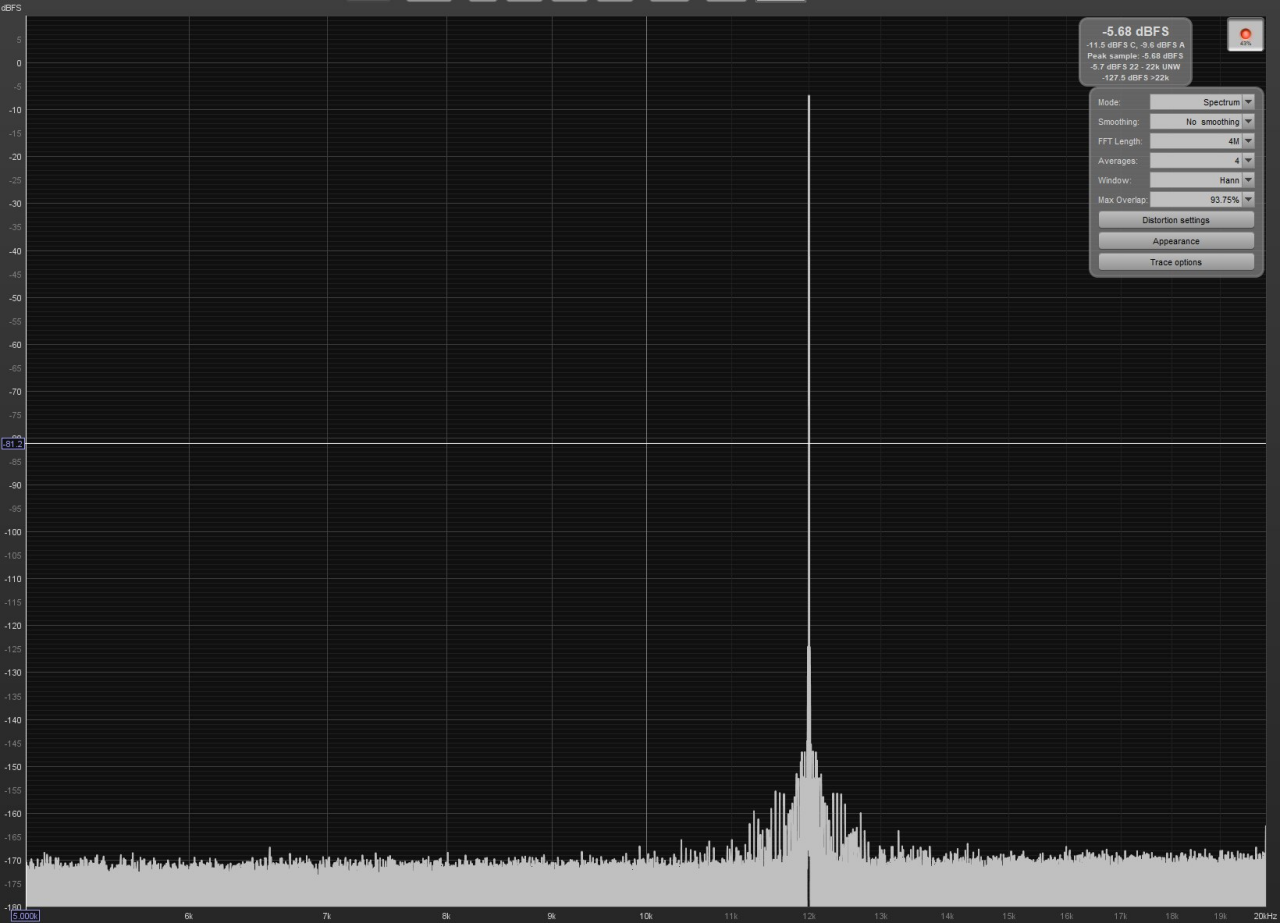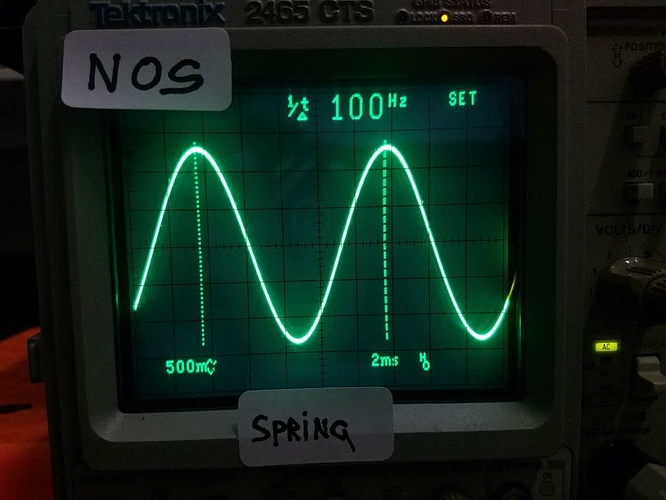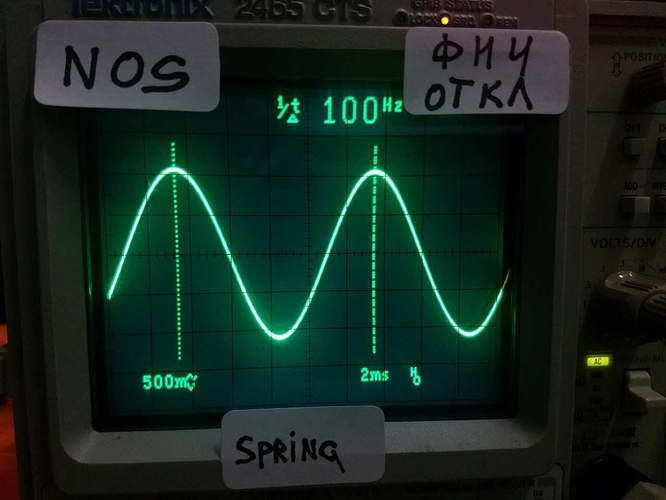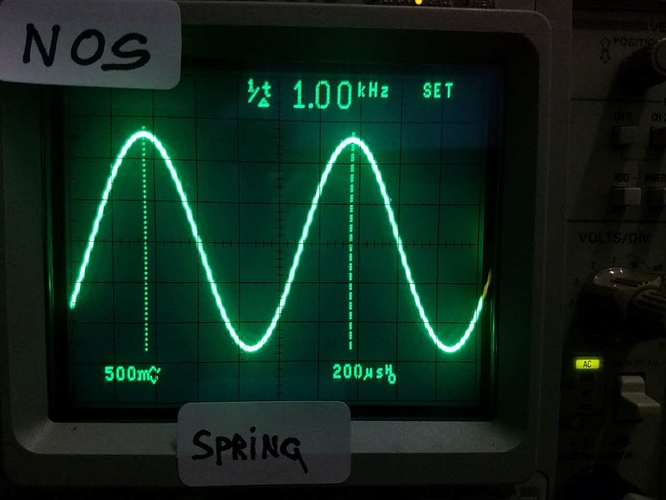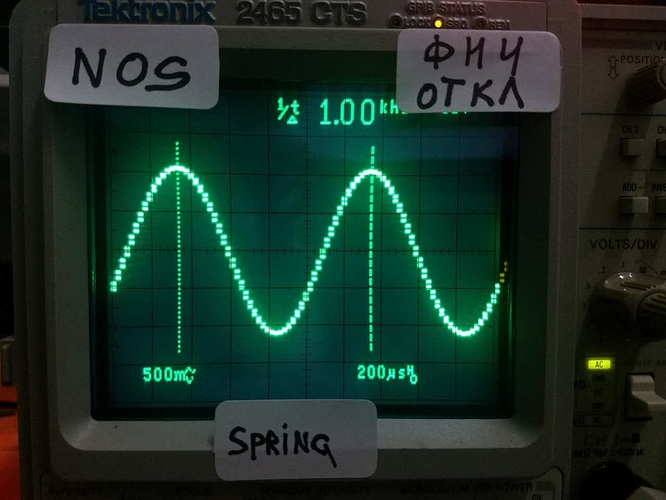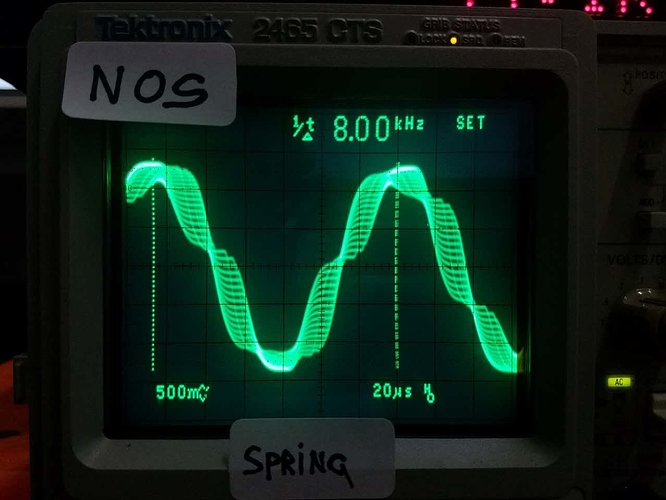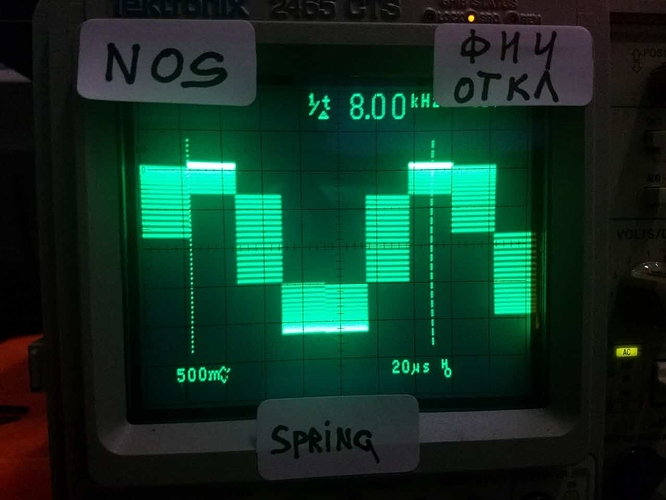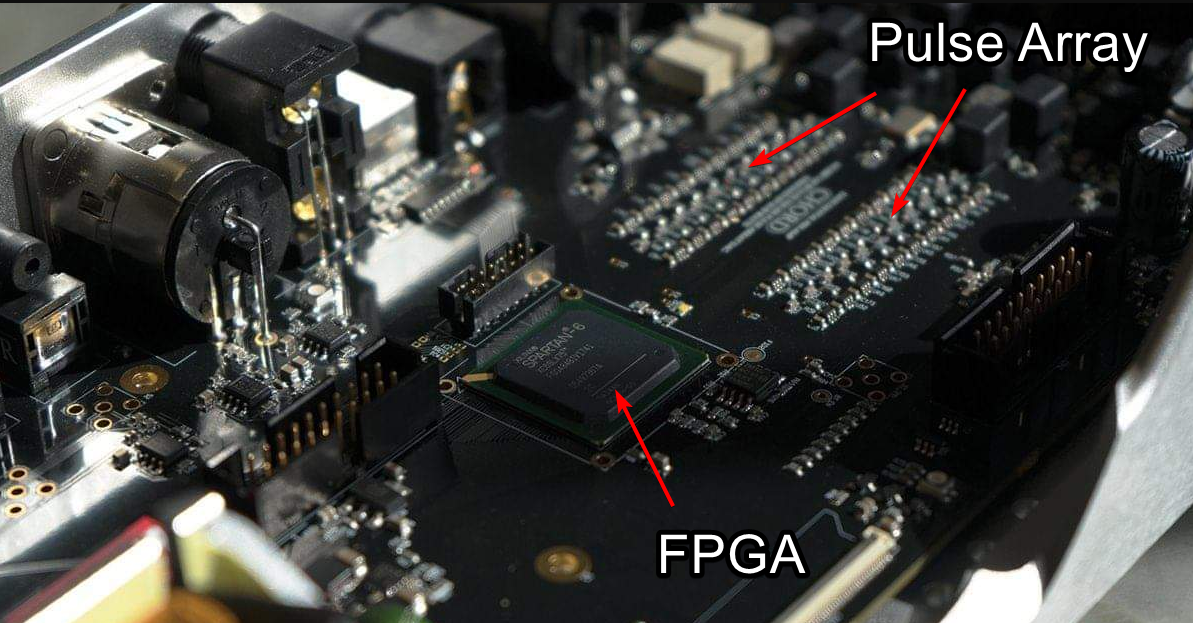Is the PLL on by default or do you have to switch it manually when the May first arrived?
It's on by default I believe.
You can tell if it's on by the locking time.
If when you first switch to one of the non-USB inputs, or switch sample rate on those inputs there is a few seconds of time where the DAC says "LOCKING" then the PLL is on.
@GoldenOne you rock!
This is one of the most concise explanation in laymen terms for the subtle complexity and differences, had no clue the FPGA was only part of the equatio. I had always understood that to be another option and DACs could fall into three buckets; Delta-Sigma, R2R, or FPGA. The whole NOS and OS, I am only beginning to understand as I assumed this was part of the digital to analog conversion.
Many thanks, and keep those videos coming and fighting the big fights!
Glad it helped!
I'm actually working on a series of videos which will hopefully be something akin to "A foolproof guide to DACs" which will aim to explain how every step in the D/A conversion process works in a simple to understand manner.
In terms of the main categories of DACs though, I'd probably lay it out like this:
1) R2R
This is the only true "Native" PCM converter. It takes a PCM sample and converts each sample as presented using a resistor ladder. This means it can also operate without any kind of further processing or oversampling to the signal, as it can just convert the samples natively. Rather than needing to process/alter the information to make it compatible with the converter.
R2R dacs get more accurate by having more precise resistor values.
2) 1-Bit Delta Sigma
R2R dacs are difficult and expensive to make to a good level of accuracy. In order to address this, a clever workaround was created. Delta sigma, which is actually basically a switch. It can only be on or off. It can't output any voltage you choose like an R2R dac can. The trick is that if you flip that switch on/off fast enough you can 'average out' the value to the result you want. (massive oversimplification of course but still

)
And so it takes the PCM information. Oversamples, and then modulates down to a very high sample rate 1-bit (on/off) data stream.
This 1-bit PDM (pulse density modulated) signal is put through an analog low-pass filter and the result is the analog signal.
(Fun fact: This is why DSD is POTENTIALLY better than PCM on a delta sigma dac. It skips the oversampling/modulation stages because the info is already 1-bit! It can just be put through the low pass filter and you're done)
1-Bit delta sigma dacs get more accurate by oversampling to and modulating to 1-bit at higher rates. The maths is that they trade precision of information for speed of information. And so the faster the final 1-bit PDM stream the better.
3) Multilevel delta sigma
This is actually what MOST consumer dacs nowadays are. Making a discrete R2R or switched resistor dac accurate to even 16 bits is REALLY difficult. But 3 bits? 6 bits? That ain't too hard.
And so these are sort of a mix of the two designs. They still do delta sigma processing, oversampling and then modulating the signal down to a lower bit depth. But they modulate to normally 6 bit, instead of 1. And then have a fast switched-resistor dac to convert the 6-bit information.
This avoids the challenges of either needing to have extremely fast 1-bit converters (or more often the processing power needed for good, fast modulators), or extremely precise 16/24 bit converters.
Most of these dacs CAN convert 1-bit info if needed though (like when being fed DSD).
There are lots of variations in the designs and even the three main companies (AKM/ESS/Burr brown) who all use the third category, still do things differently.
But personally I'd probably class the above as the three 'main' DAC categories.
FPGAs are a bit confusing, but only cause they are inherently so flexible and used for all sorts of different things. I wouldn't at all categorise FPGA dacs as their own thing though as they are almost always used as part of one of the above 3 designs. But it is normally a nice thing to see as it means the manufacturer is doing proprietary stuff rather than just using an off-the-shelf dac chip
(Also just to avoid starting arguments, I don't think any one type of DAC is "best", there are pros and cons, good and bad designs, and reasons to use or not to use all of them. If there was one 'best' everyone would be using it)






























